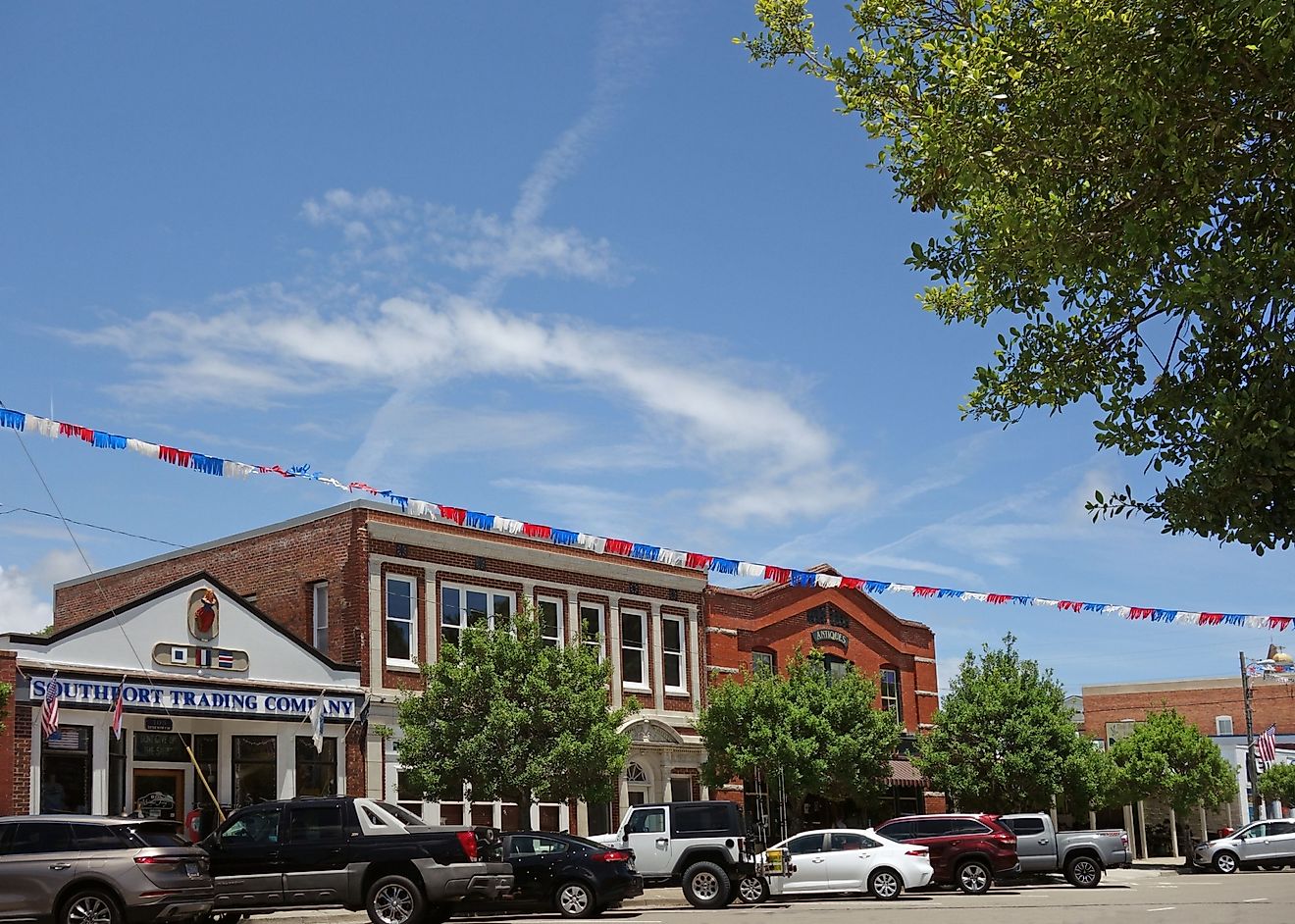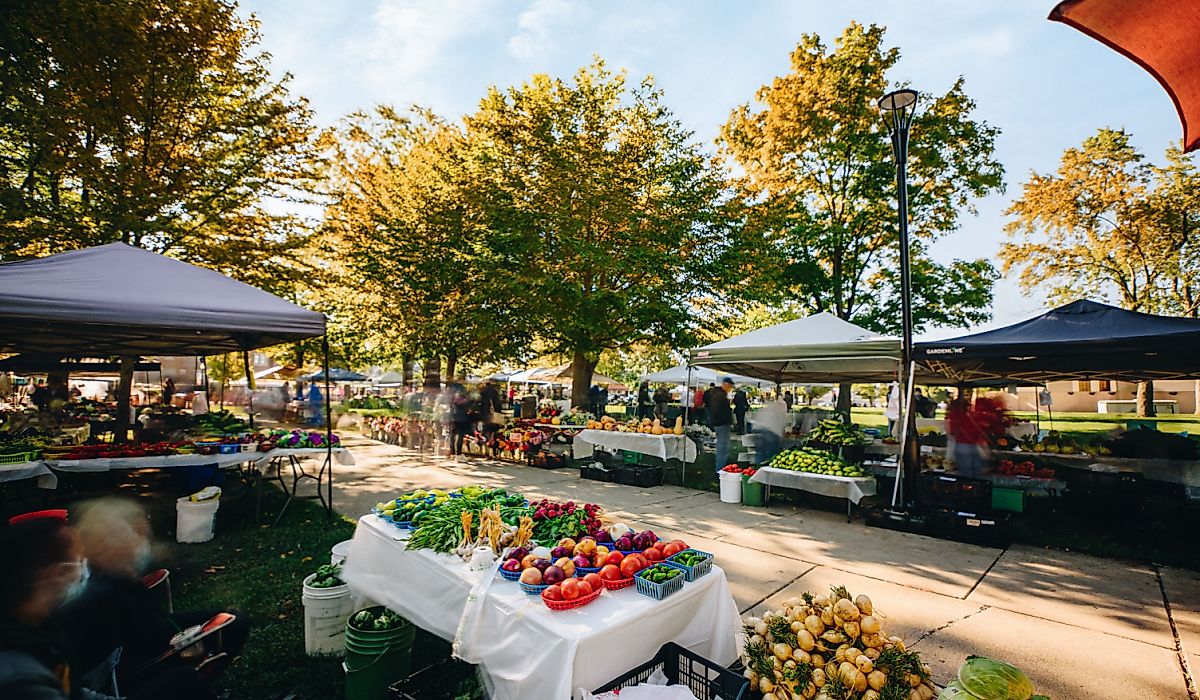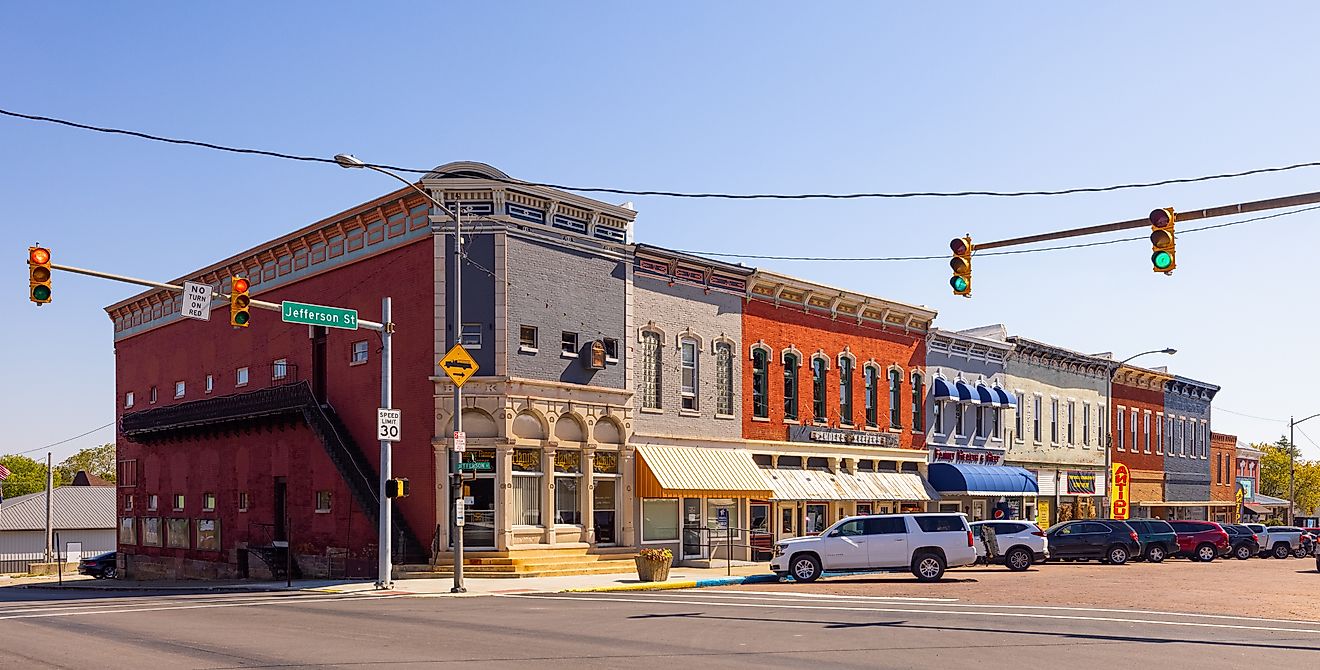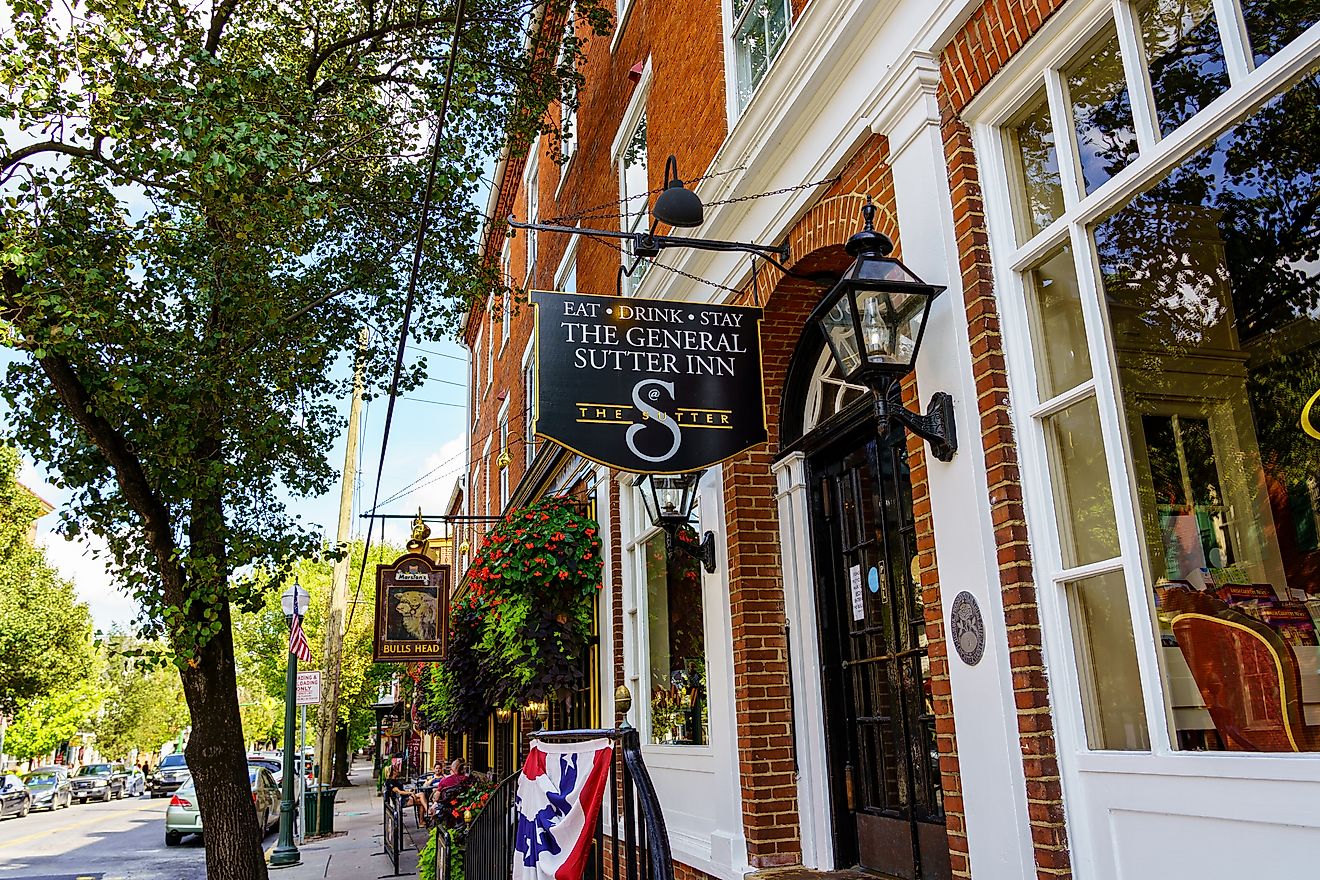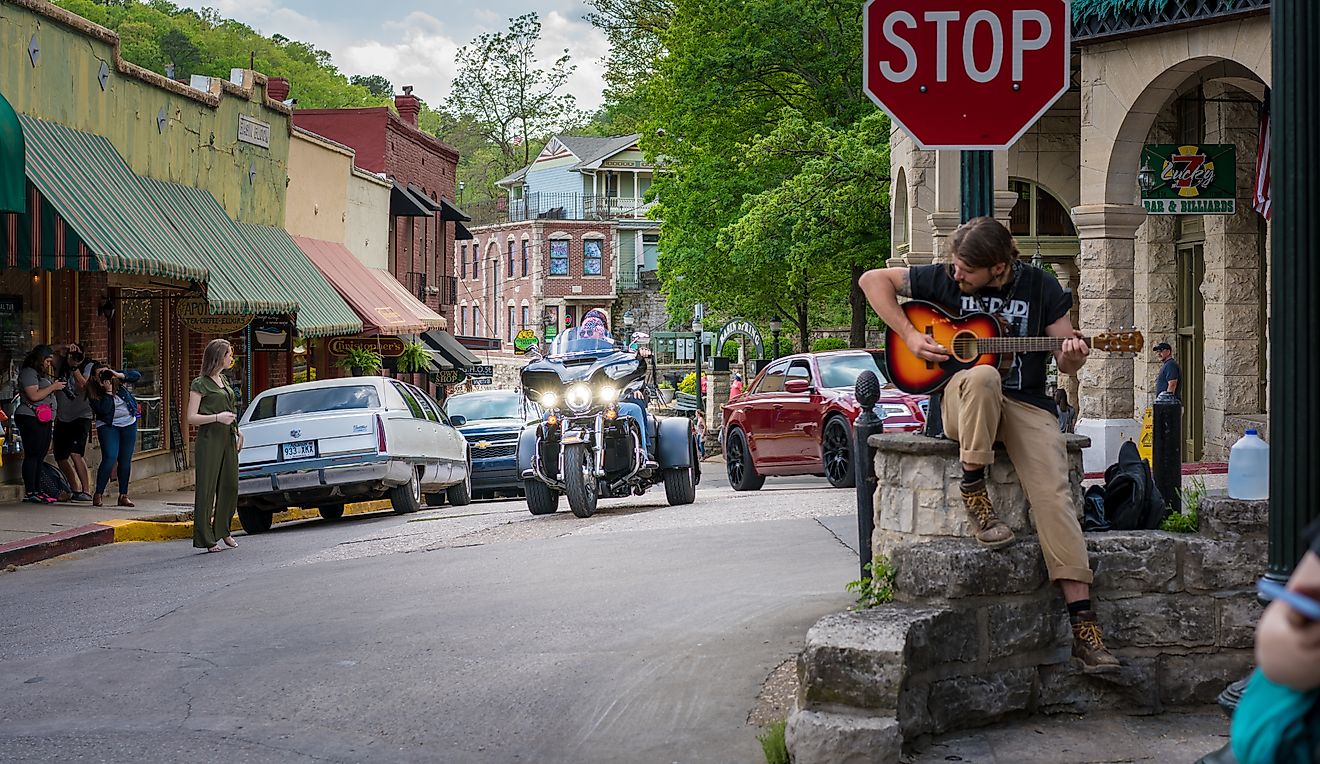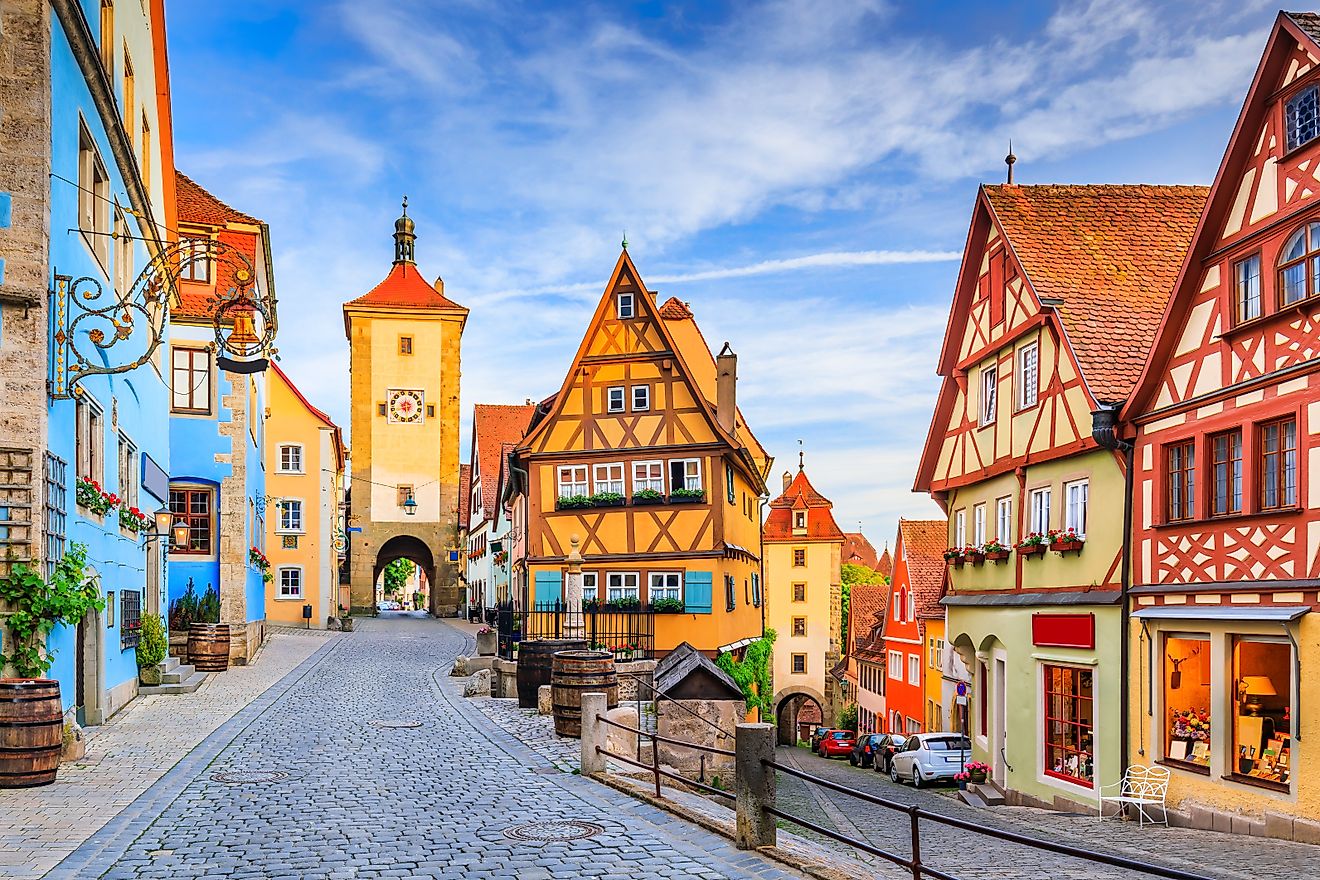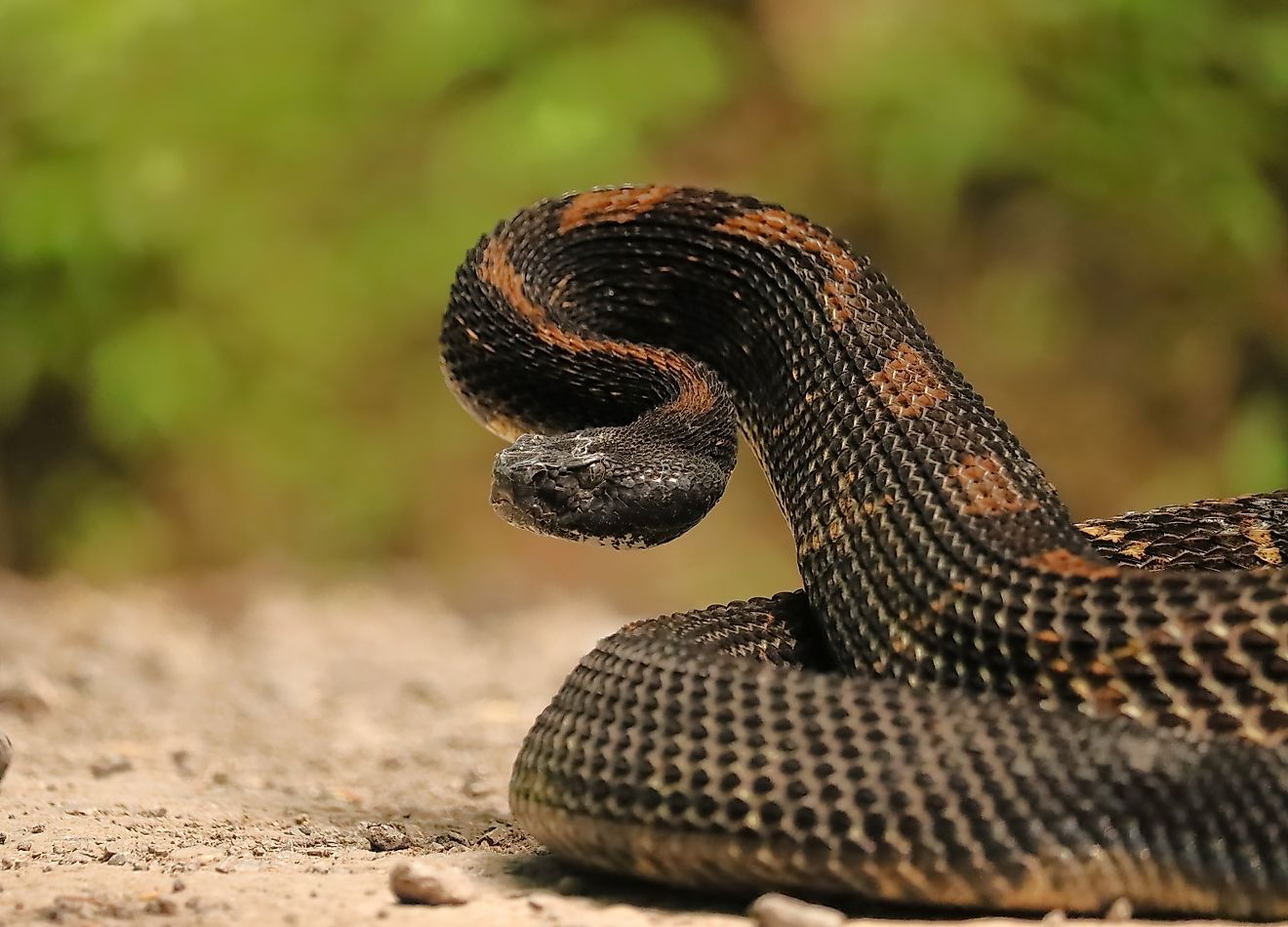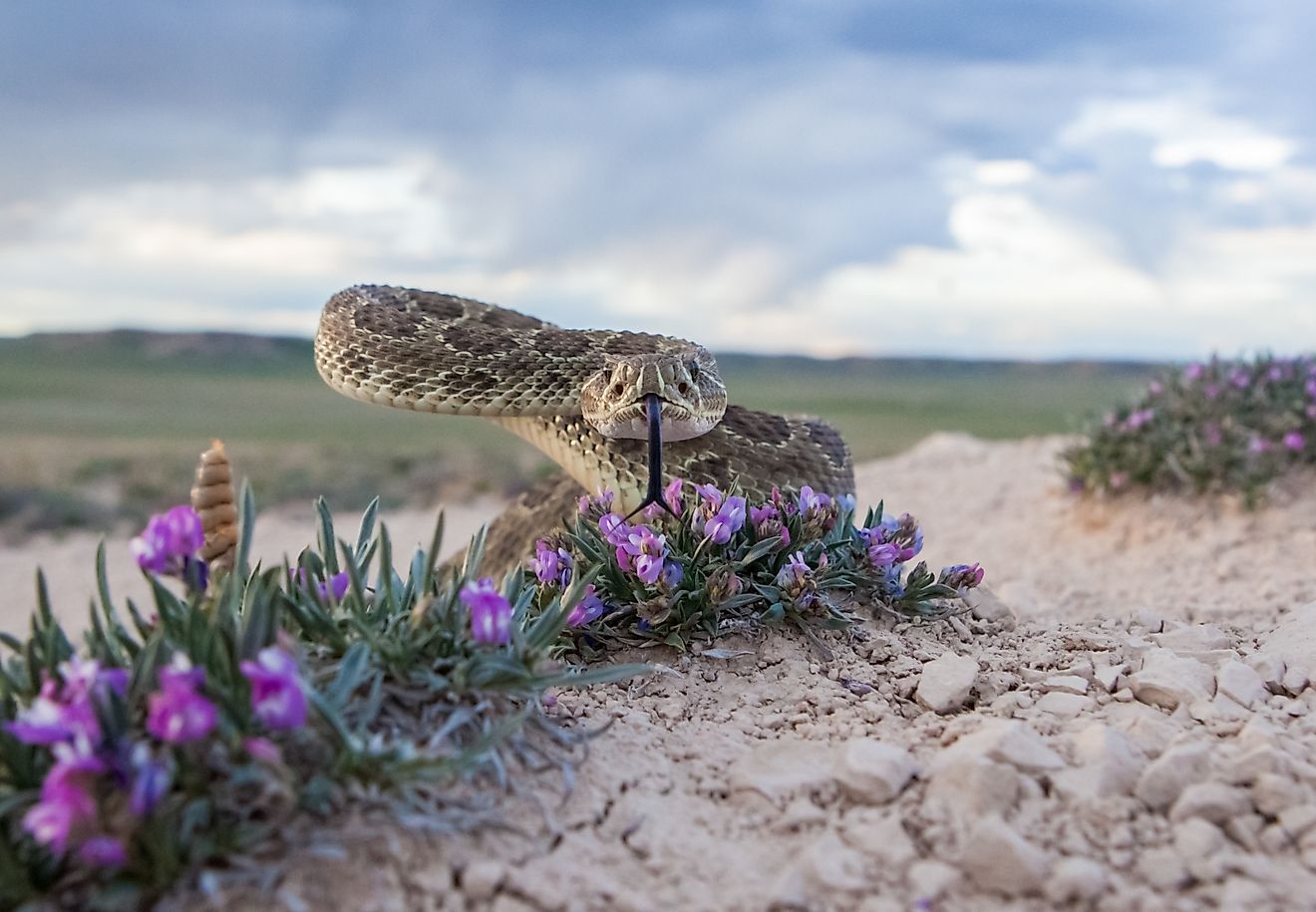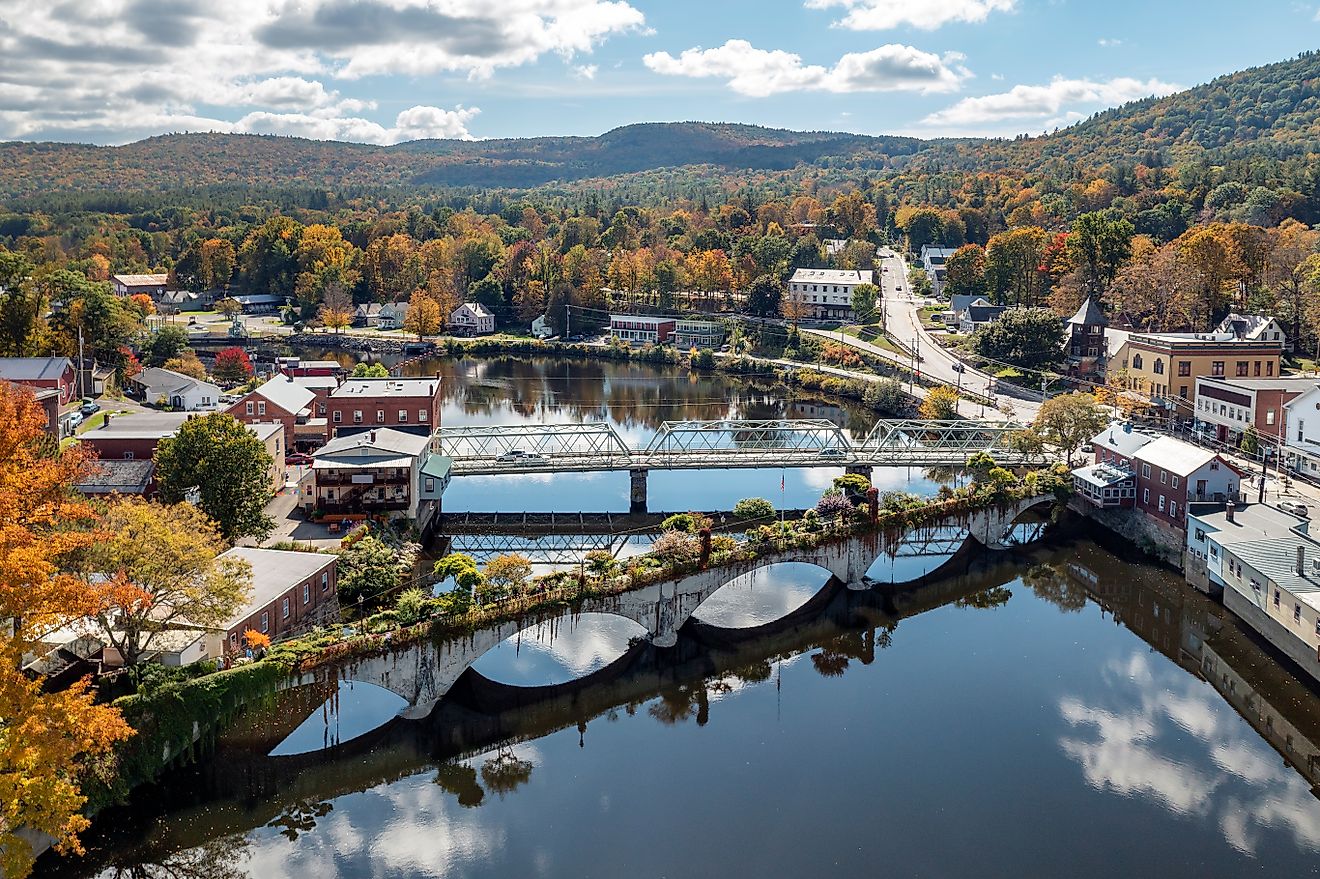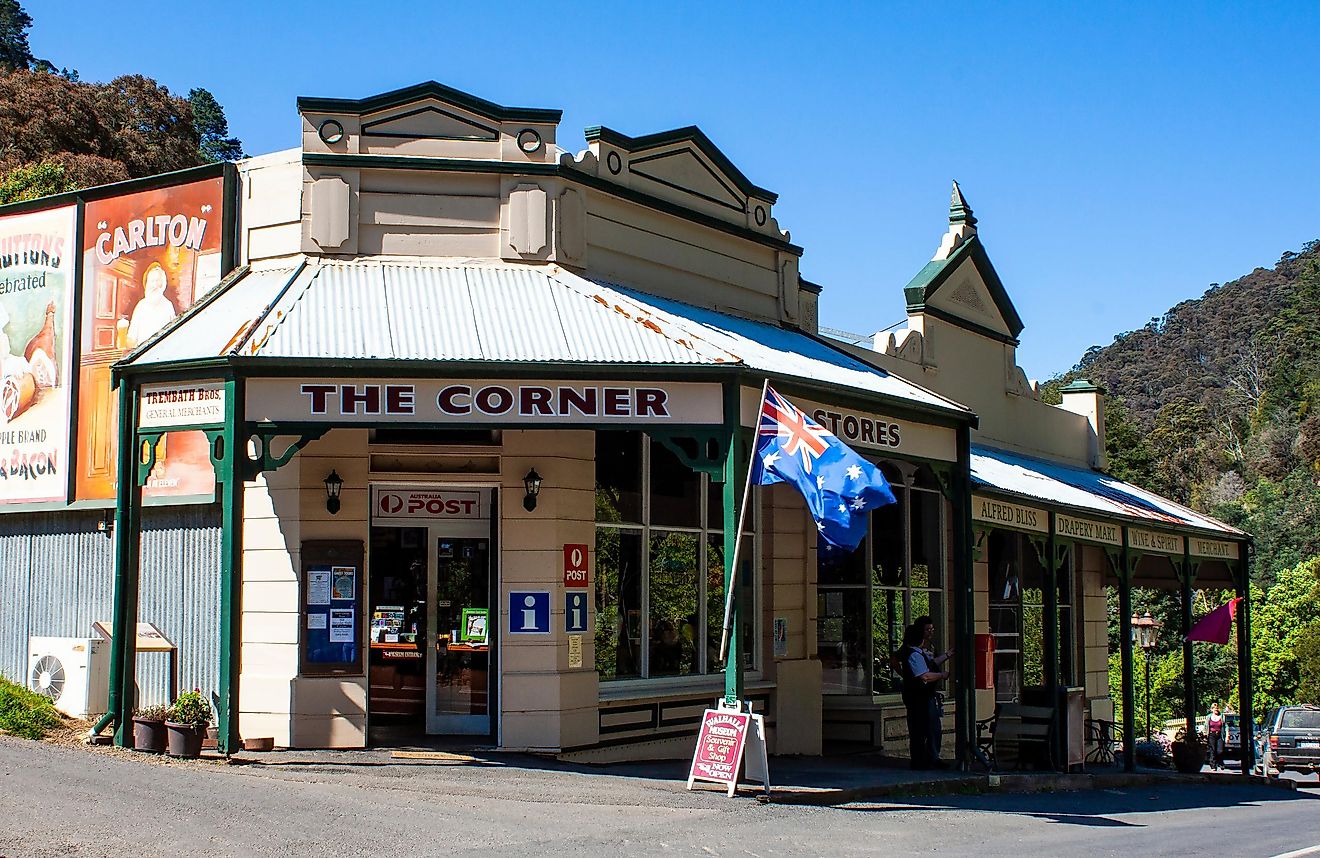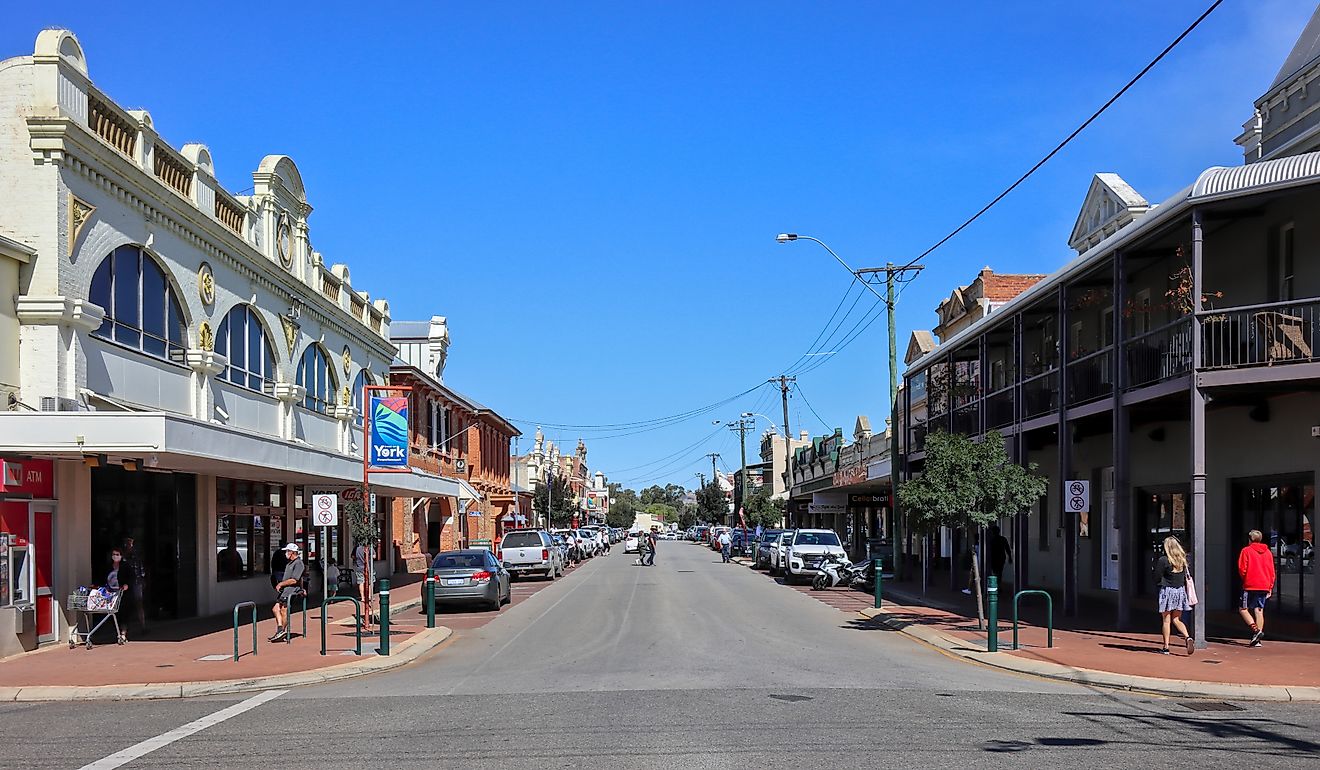Lord Howe Island Group
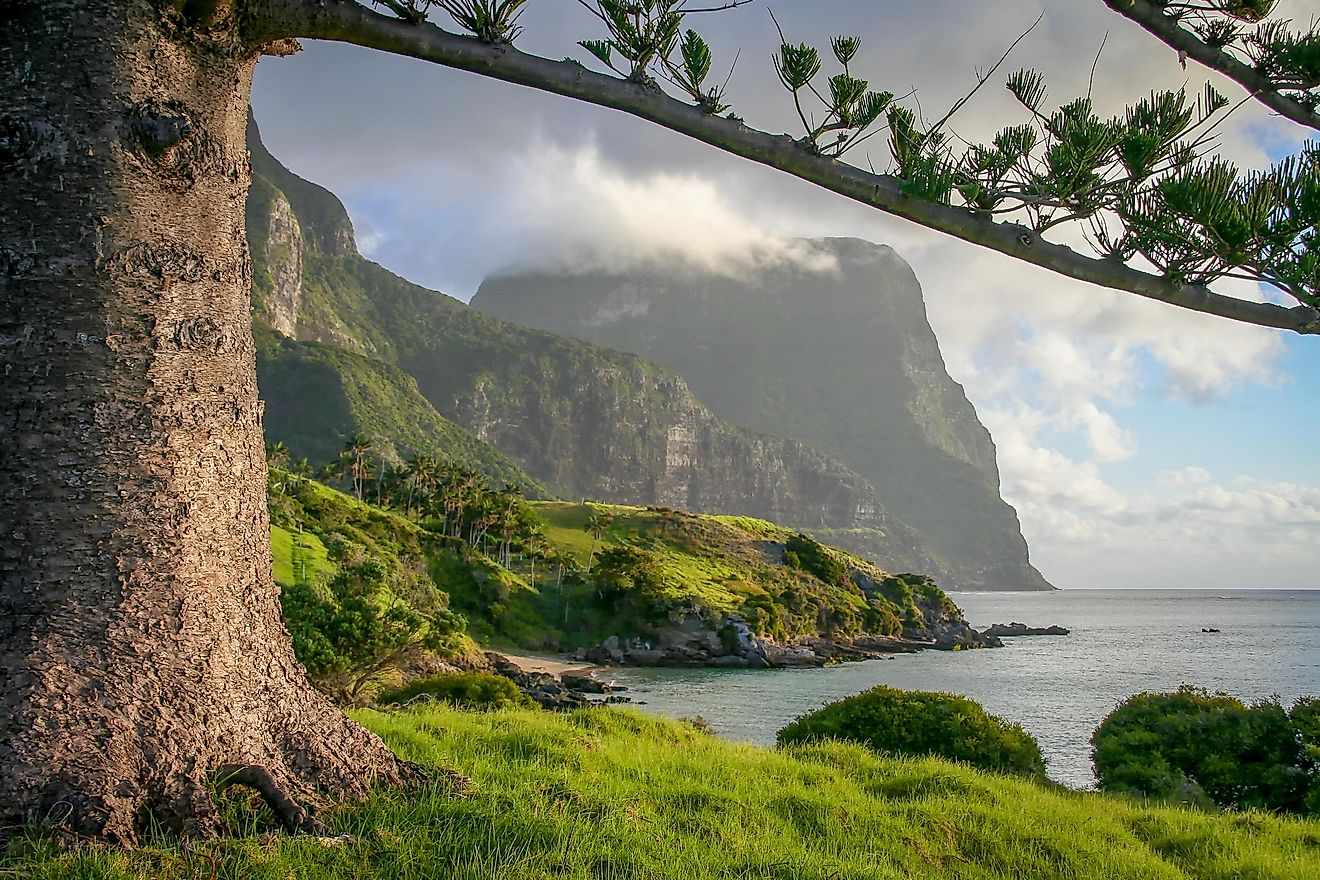
The Lord Howe Island Group is a UNESCO World Heritage Site that boasts countless unique plants and animals, many of which are endemic to the region. It also hosts a large population of nesting seabirds and is home to the world’s southernmost coral reef. The entire site covers over 361,000 acres, including the marine areas, with the land measuring approximately 3,700 acres. Due to the island group’s global significance and biodiversity, it was listed as a UNESCO World Heritage Property in 1982.
Location
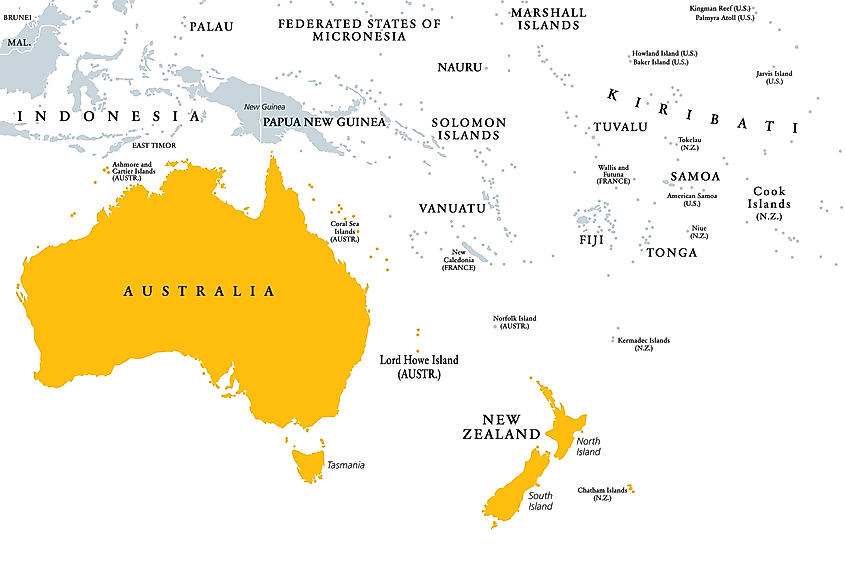
The Lord Howe Island Group sits in the southwestern Pacific Ocean in the Tasman Sea, which is about 350 miles east of Port Macquarie, roughly 500 miles northeast of Sydney, and about 370 miles off the coast of New South Wales. The islands comprise Lord Howe Island, Admiralty Islands, Mutton Bird Islands, Ball’s Pyramid, and other coral reefs and marine environments.
Geological Features
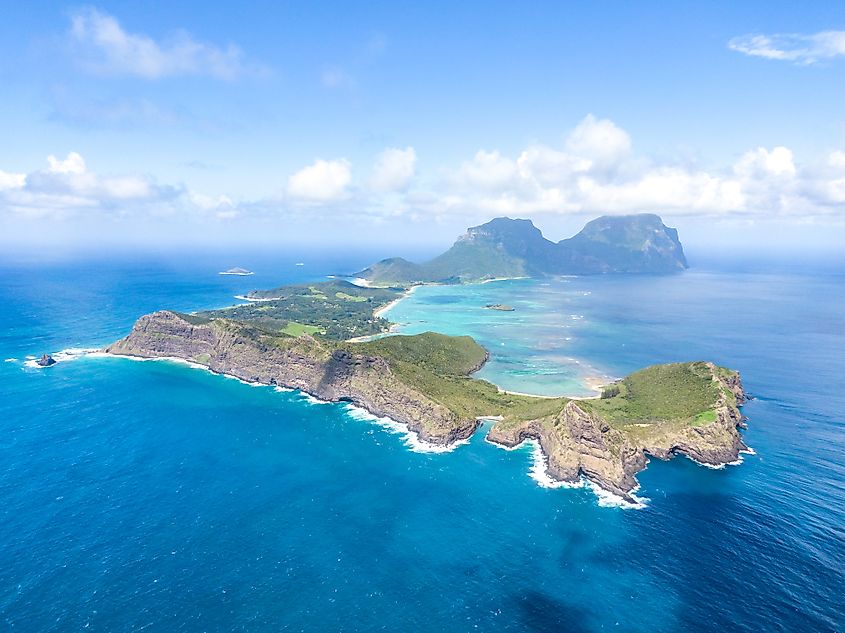
The Lord Howe Island Group has various beautiful and scenic landscapes, such as mountain slopes, hills, rainforests, valleys, lowlands, and lagoons. It is also very isolated, a perfect recipe for diversity, with several distinct and unique flora and fauna living in a wide range of habitats.
Submarine volcanic activity was a driving force in the formation of small islands that currently make up the Lord Howe Island Group. The eruption of an underwater volcano created these islands roughly 7 million years ago. They were once part of a large volcanic seamount, which at one point was 40 times its current size. Marine erosion gradually wore away 90% of the original volcano. The largest island in the group, Lord Howe Island, has two giant volcanic peaks — Mount Gower at 2,870 feet and Mount Lidgbird at 2,550 feet above sea level. Under the water, the landscape has rock columns, caves, and coral reefs.
Biodiversity
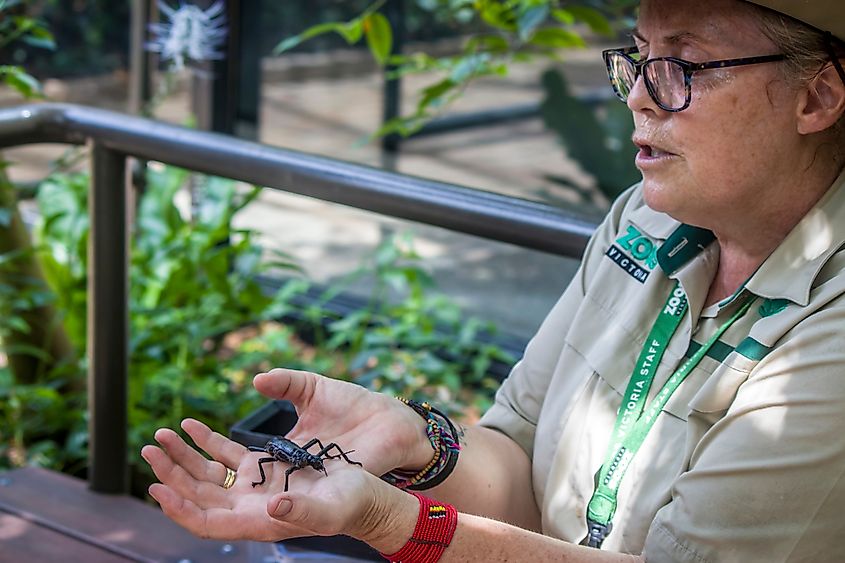
Since the Lord Howe Island Group is isolated, many rare and endemic species live in the islands. An example of an endemic species is the Lord Howe Island Phasmid, considered the world’s largest stick insect and once thought to be extinct. The World Heritage Site has 241 native plant species, with over 100 endemic to the area, and 207 bird species.
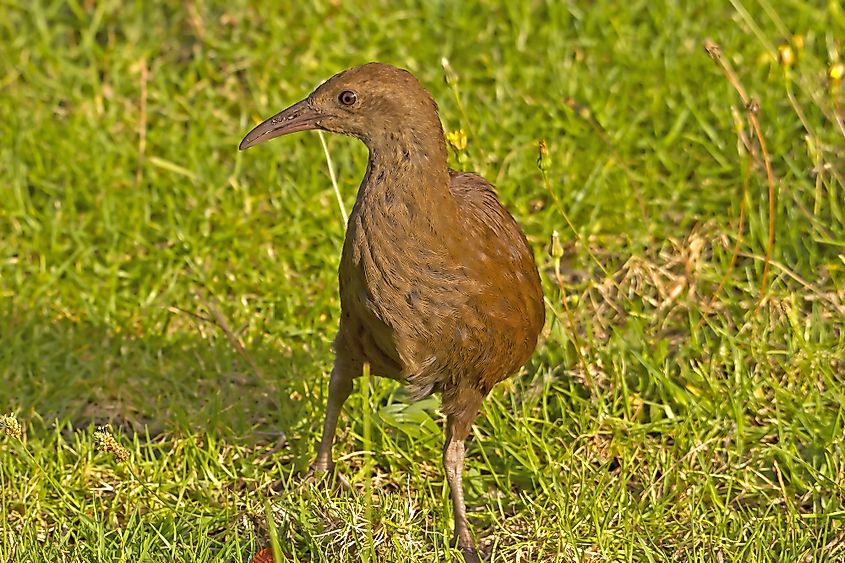
Four endemic birds of the World Heritage Site are the small flightless Lord Howe woodhen, Lord Howe silver-eye, Lord Howe Island golden whistler, and the Lord Howe Island currawong. The Lord Howe woodhen is one of the world’s rarest birds, whose population was reduced to 26 individuals in 1975 due to factors such as habitat loss and hunting. Fortunately, its population increased to around 200 in 2000 after it was bred successfully in captivity.
In the ocean waters of Lord Howe Island Group, new species are continuously discovered. There are over 500 fish species, of which 4% live solely in the waters around Norfolk Island and Middleton Reef. There are also 83 coral species and 65 echinoderms species. Approximately 70% of those species are tropical, 24% temperate, and 6% endemic.
Conservation
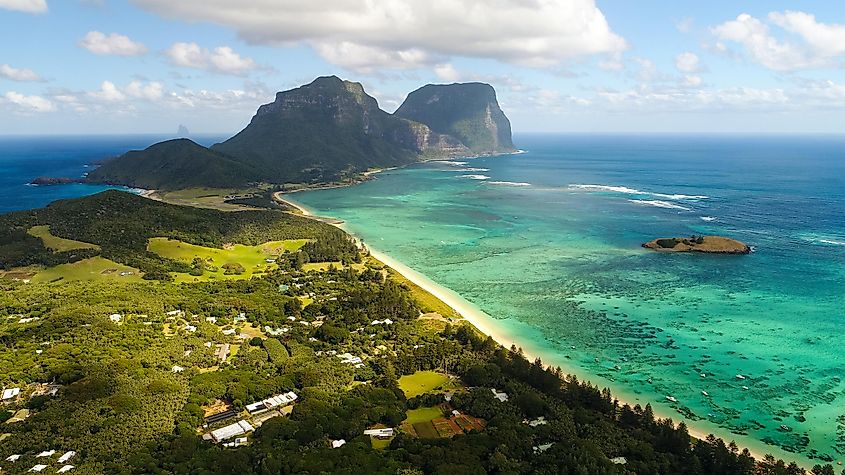
The Permanent Park Preserve (PPP) manages approximately 75% of the land. The PPP’s main focus is on conservation and preservation. World Heritage Sites in Australia are protected and managed under the Environment Protection and Biodiversity Conservation Act 1999. The Act seeks to preserve the environment and biodiversity and adds an extra layer of protection to World Heritage properties. In 2007, the Lord Howe Island Group was added to the Australian National Heritage List.
Active measures are in place to stop the introduction of new invasive plant species and to eradicate weeds. Conservation measures also exist to help minimize the negative impact of tourists. The island permits only 400 human visitors per night.
According to the International Union for Conservation of Nature (IUCN) in 2017, the status of the Lord Howe Island Group is rated as “good.” The IUCN also states that the area’s scenic values are likely to stay in good condition due to the Rodent Eradication Project. In the present day, roughly three-fourths of the site’s original vegetation are undisturbed.
Threats
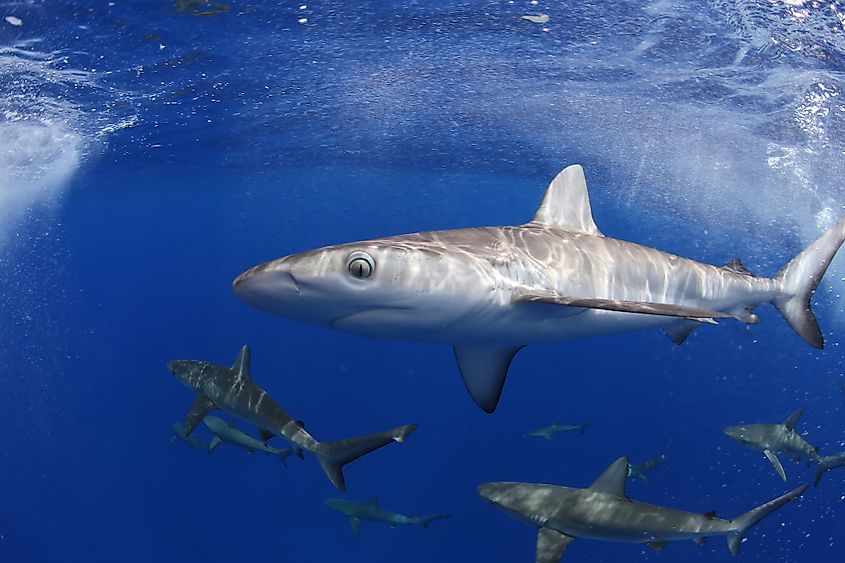
The Lord Howe Island Group was uninhabited and free from human interference for millions of years. However, the arrival of explorers and settlers threatened the islands’ pristine ecosystem during the 18th century. When settlers set up permanent homes, they also brought invasive animals such as pigs, rats, and cats that created chaos on the native wildlife. Rodents, in particular, have been tied to the extinction of at least five native bird species, 13 invertebrates, and two plants. Many of the non-native species have since been either eradicated or trapped and removed.
Today, despite significant progress in removing invasive species, rats remain a considerable problem. Rodents are threats to about 13 bird species, two reptile species, over 50 plant species, 12 vegetation families, and seven invertebrate species. Fortunately, a Rodent Eradication Program is in place to help completely eradicate the rodent species in the area.
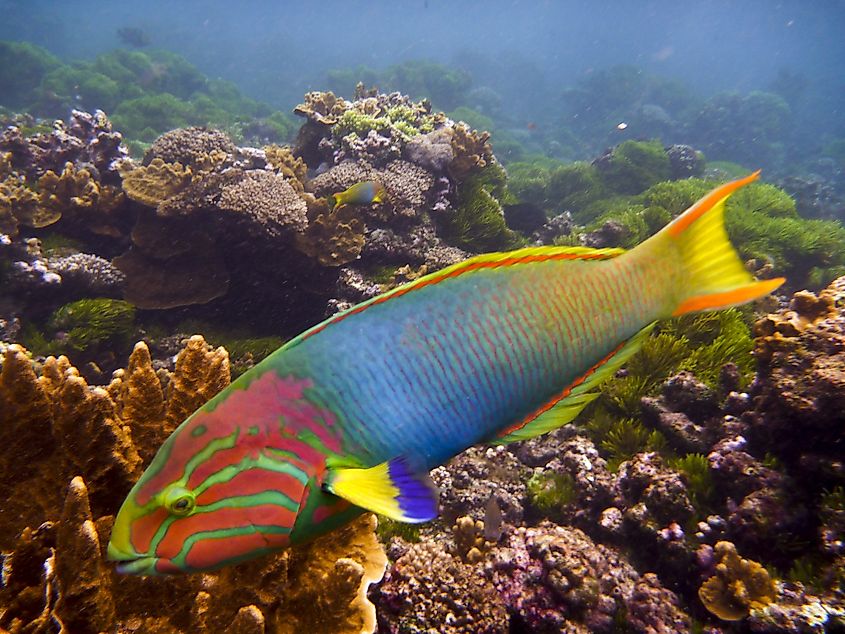
Ocean acidification and warmer ocean temperatures are also threats to the Lord Howe Island Group. Coral bleaching is prominent in the area, and the local dominant coral species are particularly at risk to thermal stress. In 2019, researchers discovered what they considered the worst coral bleaching event in Lord Howe Island. Some areas experienced about 80 to 90% bleaching. This bleaching event is the third recorded at the World Heritage Site since 1998, with the other one occurring in 2010. Other threats to the Lord Howe Island group include tourism, fishing, and invasive plants.
The Lord Howe Island Group houses several unique species that are not found anywhere else in the world. It is also an important breeding and nesting ground for many bird species. As a UNESCO World Heritage Site, the island group is fiercely protected to conserve its flora, fauna, land, and marine environment. Some of the biggest threats to the UNESCO site are invasive species and coral bleaching.
